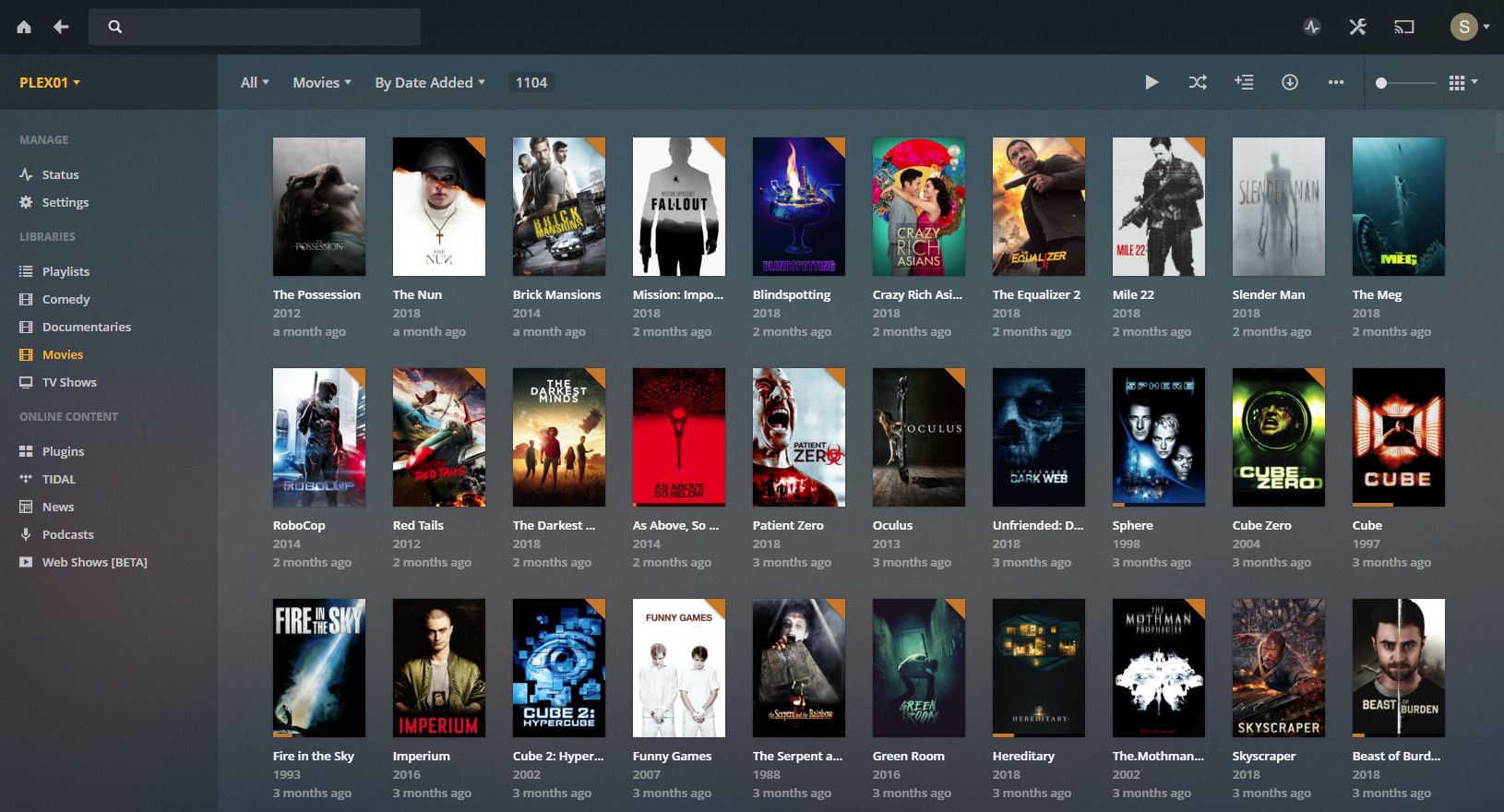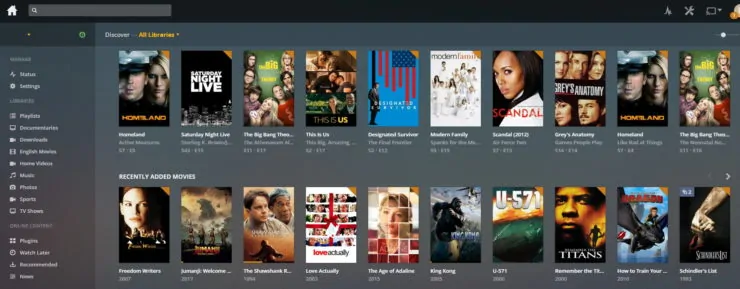
The answer to both questions is definitely "no". And breathe.īy this point you're probably wondering if this is really worth my time and whether or not I have anything better to do. I spent some time reading up on how AWS handled things like VPCs, subnets, Availability Zones, and Security Groups, as this would impact the way I approached deployment of my solution. While there is certainly an aspect to that, I did need to consider some aspects of the deployment that are both specific to AWS and should be considered generally speaking when it comes to networking. Unfortunately it's not quite as simple as clicking "GO" and sitting back, waiting for it all to magically show up on the Internet. I'd decided on what I needed at a basic level, so it was time to start thinking about actually building them and deploying them in AWS. Considering just having an EC2 instance creates a default 8GB volume, I've only got 22GB left to play around with - 20 is a nice round number.
Plex media server docker free#
Remember, I'm trying to stay within the limits of the free tier, so I'm not allowed any more than 30GB of EBS storage at any given time.


While that's nice, much like my home solution, I didn't want to mix up my application data with my static media data, so I decided I'd create my own: By default, creating an EC2 instance will automatically create an 8GB EBS volume and assign it as the root partition - quite handy. EBS - The StorageĪ running server isn't really any good if there's no storage assigned to it for my media, so I decided on EBS (Elastic Block Storage) as my solution. I could have used something more powerful but I figured this would be a good starting point. The only instance type I was allowed to use under the free tier was t2.micro so my hands were a bit tied. It also helps that installing Docker is a bit easier as the AWS repositories haven't caught up with Docker's change to Moby/Docker CE. I figured "when in Rome" and opted for the Amazon-flavoured version of Linux for no reason other than it was the first option in the list. Image: Amazon Linux AMI 2017.03.1 (HVM), SSD Volume Type There are quite a lot of options made available by Amazon, but I decided on the following: EC2 - The ServerĮC2 (Elastic Compute Cloud) is where the server will be deployed - it's in my eyes the heart of AWS. I tried my best to see what was possible while staying within the confines of the free tier for new AWS accounts.ĪWS is a veritable supermarket of tools, from databases to AI, but in my case all I needed was an EC2 instance and an EBS volume.

Once I'd worked out that obvious list of requirements, I immediately signed up for an AWS account and checked out what the free tier would provide for me. It really only boils down to those two components when it comes to Plex. Some form of storage for the media content.



 0 kommentar(er)
0 kommentar(er)
